The generator will power the rover and help keep it warm while exploring the Martian surface
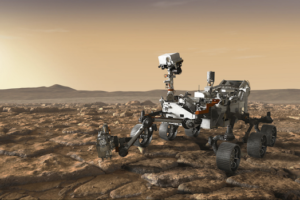 Space Exploration
Space Exploration

 Space Exploration
Space Exploration
The generator will power the rover and help keep it warm while exploring the Martian surface
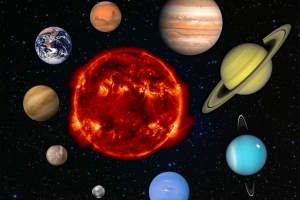 Solar System
Solar System
Out of the eight planets, from Mercury to Neptune, on which of these would you weigh the least?
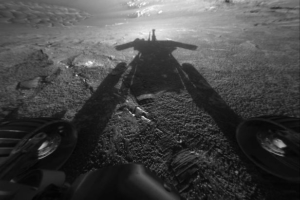 Solar System
Solar System
After turning a 90 sol mission into a 15 years adventure, NASA have finally said goodbye to the rover they last contact with in June 2018
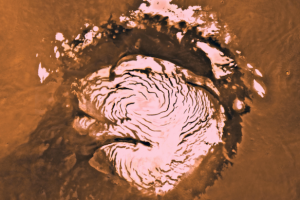 Solar System
Solar System
It’s a fairly dry and dusty world, so how did Mars get its frosty poles?
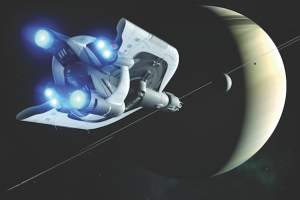 Space Exploration
Space Exploration
We have the answer to this intriguing question
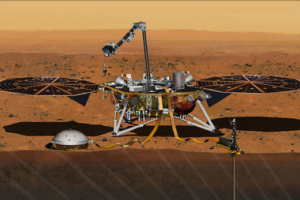 Space Exploration
Space Exploration
Don’t miss a moment of the action as the Interior Exploration using Seismic Investigations, Geodesy and Heat Transport lander touches down on the Red Planet at approximately 8pm GMT/3pm ET
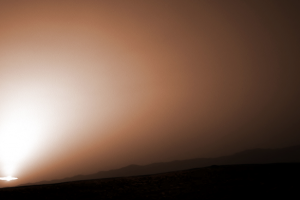 Astronomy
Astronomy
We find out what you’d be able to see if you were a Martian stargazer
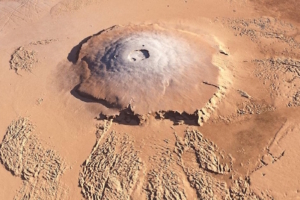 Solar System
Solar System
The new finding could add to scientists’ understanding of Mars’ interior and its past potential for habitability
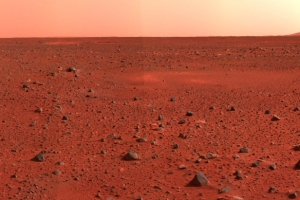 Solar System
Solar System
How the Red Planet got its iconic colour.
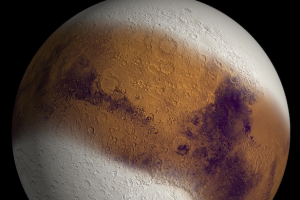 Solar System
Solar System
Could the fourth rock from the Sun have a white Christmas?
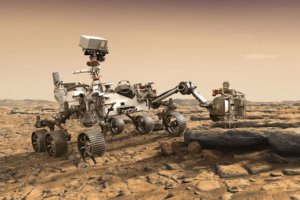 Space Exploration
Space Exploration
In just a few years, one of the space agency’s next big missions will be flying to the Red Planet
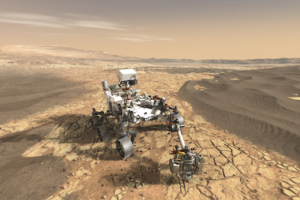 Space Exploration
Space Exploration
This will bring a new perspective to landing, navigating around and studying the surface of the Red Planet
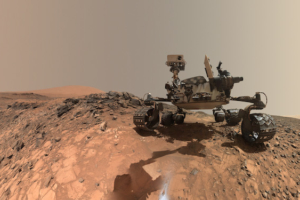 Space Exploration
Space Exploration
The rover’s team is working to restore its sample-drilling capability using new techniques. The latest development is a preparatory test on Mars
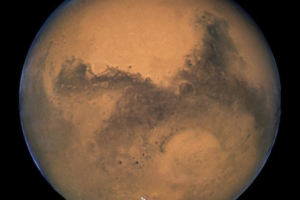 Solar System
Solar System
New research shows it was possible for liquid water to reshape the undeveloped and glacial Martian surface
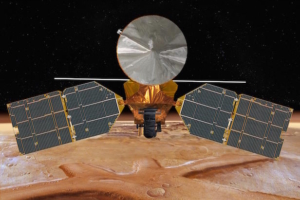 Solar System
Solar System
The discovery of evidence for ancient seafloor hydrothermal deposits on the Red Planet identifies an area that may offer clues on the beginning of life
 Solar System
Solar System
NASA’s Mars Odyssey orbiter has gained its first look at the moon, pursuing a deeper understanding by examining it in infrared wavelengths
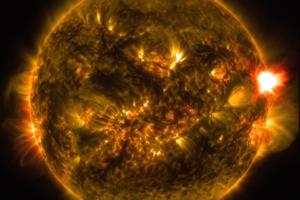 Solar System
Solar System
Intense solar activity has sparked the fiercest aurora and radiation reading ever recorded on Mars
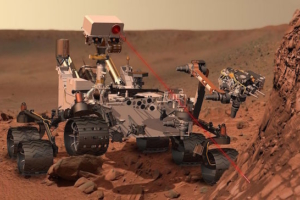 Space Exploration
Space Exploration
This month, movements of the planets will put Mars almost directly behind the Sun, from Earth’s perspective, causing curtailed communications between us and the Red Planet
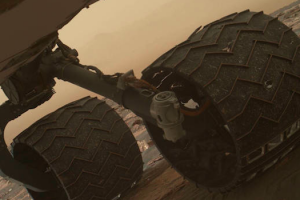 News
News
A routine check of the aluminium wheels on Curiosity has found two small breaks on the rover’s left middle wheel
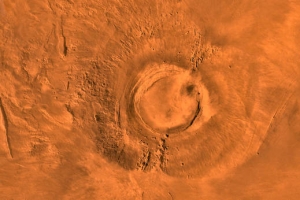 News
News
The giant Martian volcano Arsia Mons produced one new lava flow at its summit every 1 to 3 million years during the final peak of activity, new research shows